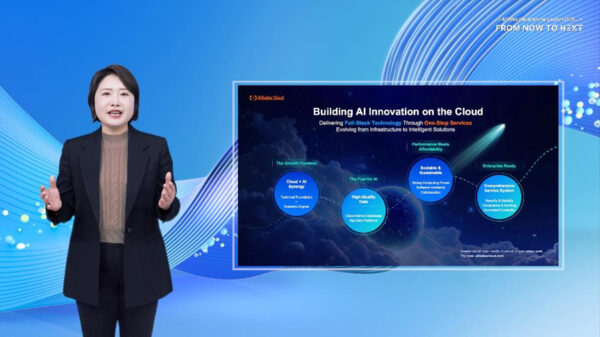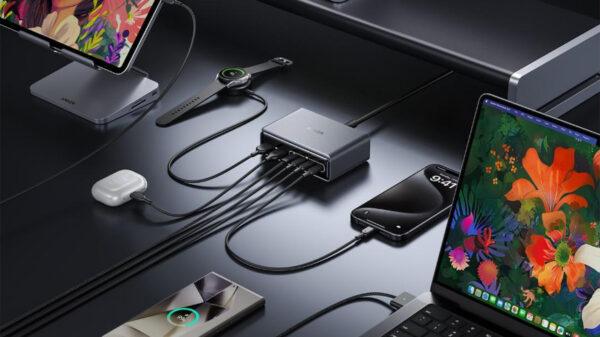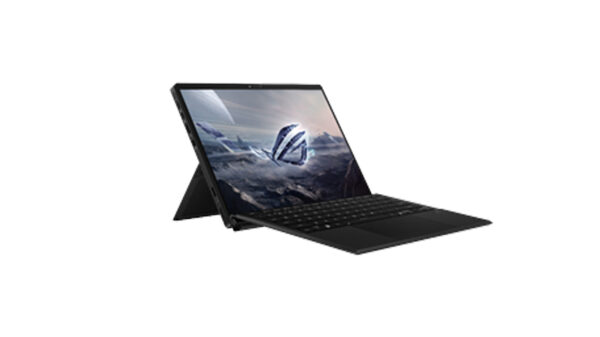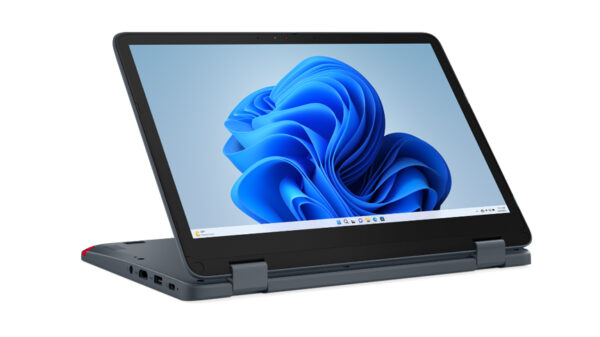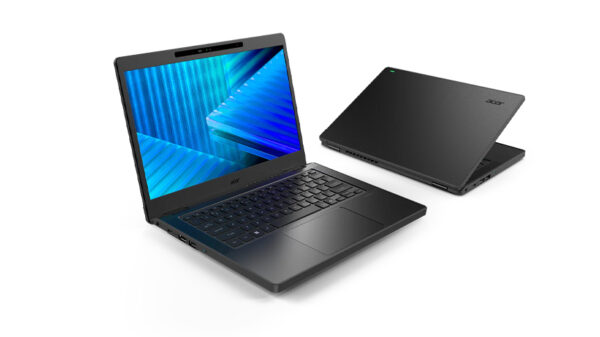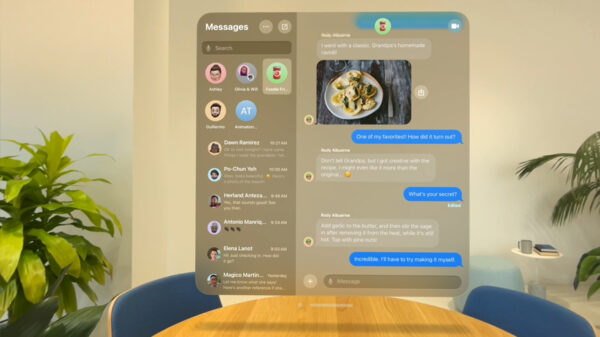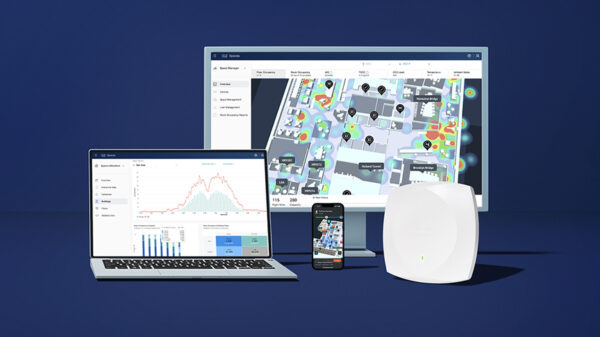What opportunities and dangers will your IT network be facing in the New Year? As a national Managed Service IT Provider serving small and medium-sized businesses, Iconic IT has some opinions on the matter.
“It’s going to be another year of rapid tech change for small and medium-sized businesses,” said Mike Fowler, CEO of Iconic IT. “Everyone will be scrambling to beef up their remote working capabilities while dodging increasingly sophisticated threats from hackers. Investing wisely will help companies see their way through,” he added.
Here’s the company’s top five predictions for the 2022:
1) Companies will invest more in cybersecurity insurance than ever before. With threats growing, cybersecurity insurance has become a must-have. Expect the market for cyber insurance to grow by $20.4 billion by 2025, with an annual growth rate of 21% percent. More companies will develop C-suite level cybersecurity committees, too.
2) Cloud based Desktop software like Microsoft’s Cloud PC will grow in popularity. According to a recent report from Vision Gain Research, the market for remote-ready, device agnostic cloud desktop tech will double, to $947 billion, by 2026.
3) Companies of all sizes will rely on SIEM cybersecurity defenses. Cyberthieves are lying in wait in your system for longer, up to 30 to 60 days, before attacking. Security Incident and Event Management software (SIEM) can find their hiding places by looking for the breadcrumbs thieves leave behind in your system. Between 2021 and 2027, the market for SIEM products is predicted to double, to $3.9 billion, according to Valuates Reports.
4) Mobile devices will become a bigger target for hackers. With more employees than ever working remotely, they’re more likely to use poorly protected cell phones and computers on unsecured wifi. According to Digital Information World, 40 percent of mobile phones are prone to attack, and in need of better authentications and cybersecurity software.
5) AI-enabled cybersecurity software will help companies mitigate network threats in their networks, and the Internet of Things. CEPS Task Force Report estimates a growth of 23.6 percent year-over-year growth in the next five years.





